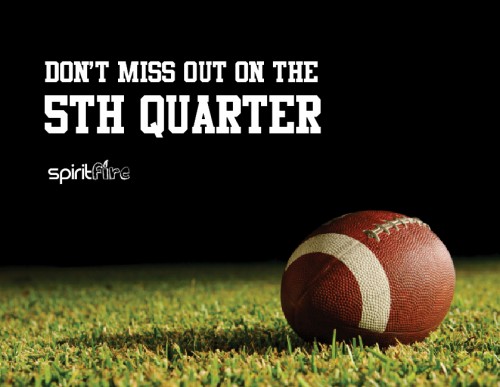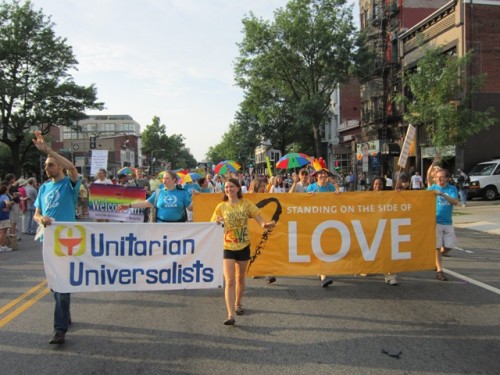There are a couple stories I’m in the midst of writing, but none are quite ready for primetime. So instead I’d like to chat a bit about music. I’m about to record this week’s episode of A Darker Shade of Pagan, and I’m getting ready to see the great Peter Murphy in concert this evening. So music is foremost on my mind.
httpv://www.youtube.com/watch?v=CmKmpgX3MBk
Murphy is, of course, a famous student of Sufi mysticism and religion, and that sense of the sacred imbues his work.
“If someone calls themselves a Sufi… you can be sure that they’re not…Sufism isn’t a fad or cool fashion spiritualism… its at the dead center of your being. Yes YOURS; where the “I” is effaced in the You…”
Next week the band Dead Can Dance officially returns with a new album of original songs after a 16-year-absence (my advance digital order has already been filled, I’m enjoying it a bit early). That album, “Anastasis,” shows a duo, Brendan Perry and Lisa Gerrard, utterly confident in their creative union, wise elders and teachers for a merging of creative eras and mythologies that is every bit as transcendent today as it was when they began in the early days of the 4AD label in the UK. Back then, they were counted among the Goths and art-school students who preferred This Mortal Coil, The Cocteau Twins, and Bauhaus to the (generally) brighter and more populist alternatives on offer within pop-culture. Now, the band returns as a mythic arts movement they helped inspire reaches its maturity.
httpv://www.youtube.com/watch?v=9Ll3TaVmIfk
“We want people to remember who they really are, and not be robbed of their potential because of mediocrity. We’re prepared to commit all of our time creating the mad, harmonic structures of music in order to reach with soft hands into their hearts.”
I’ve written before about Dead Can Dance’s return and their impressive influence, so I won’t reiterate that here, but I bring them up because both Murphy and Dead Can Dance represent a struggle for sacred music that surpasses labels and categories. They are reaching for something more ephemeral, and perhaps more important, than success or pleasing a fanbase, they want to expose their souls, and in doing so touch ours.
I’ve often written about “Pagan Music” but the longer I listen to music, and the more I explore artists who mine the numinous, the more I think such labels do nothing but limit musicians. The best “Pagan” artists regularly transcend such labels, and aren’t interested in leading a movement of Pagan bands who sing songs about the gods. The yearning to develop something akin to “Contemporary Christian” music within our own communities is, I believe, counter-productive to the impulses that actually move us into sacred territory.
When I construct A Darker Shade of Pagan each week I don’t think about the Pagan pedigrees, I think about what inspires and envelops me. When I think about music that makes the dead dance, I don’t think about whether that artist is “one of us,” I ask if that artist moves my Pagan soul. I hope you find that music, as I continue to journey in my own quest.















